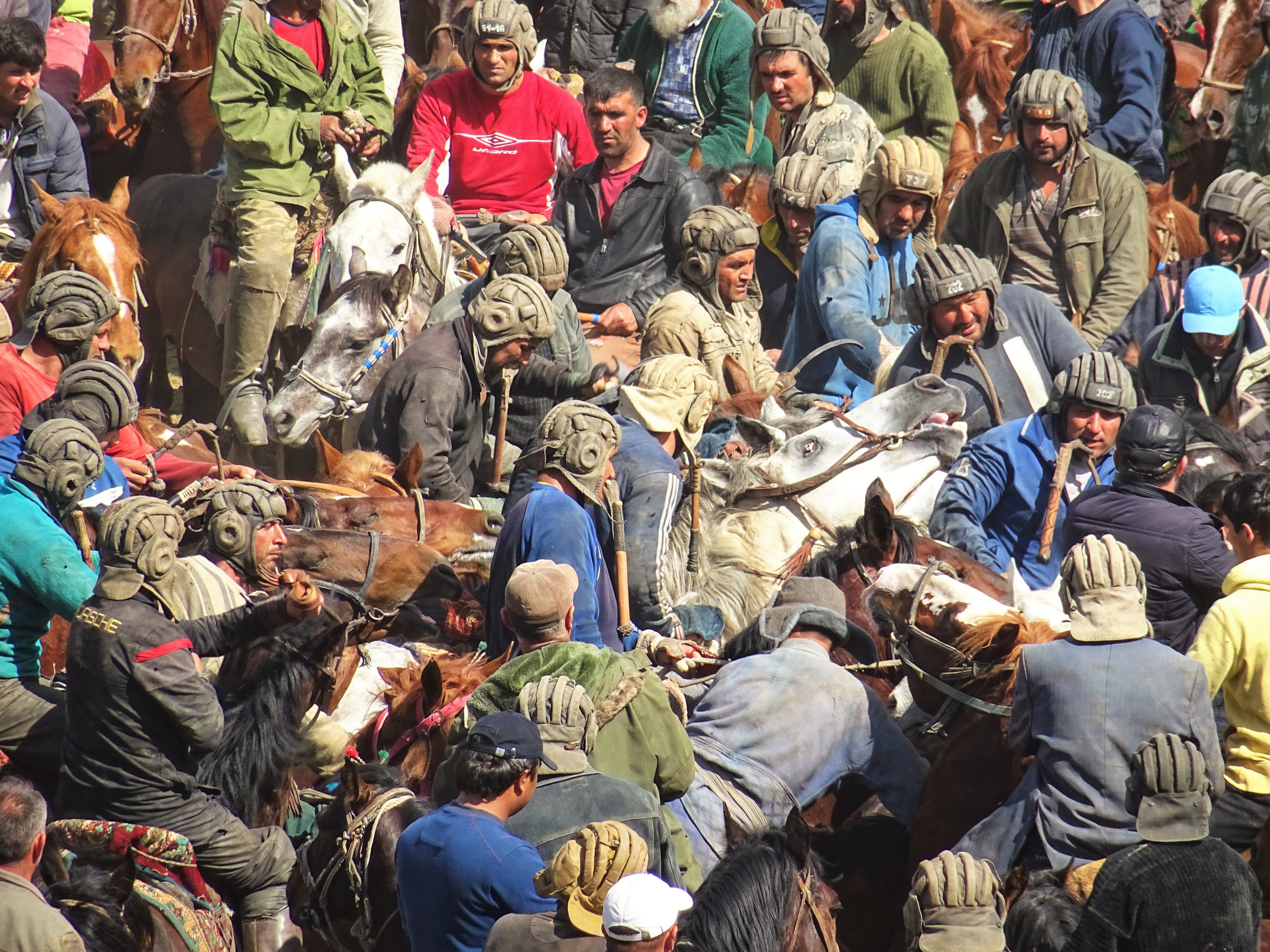Tajikistan
At the Heart of Central Asia

Tajikistan is a mountainous country nestling in the heart of Central Asia. Traditionally, it has been at a cultural crossroads and over the millennia has formed part of various empires that have straddled the region.
Over two thousand years ago it came under the sway of the Persian Achamenids before in 336-330 BC falling to Alexander the Great and his armies. On the banks of the Syrdarya in the north of the country, the Macedonian warrior-king founded a settlement that would later become Khujand, now Tajikistan’s second city.
For many centuries, the lands that are today Tajikistan lay on the Silk Road, the network of trade routes that passed through Central Asia, eventually linking Europe and the Middle East with China.
To avoid the mountains – some soaring to over 5000m – the traders’ caravans passed through the lowland areas such as the Fergana Valley. Ancient ruins, such as those at Panjakent – dubbed the ‘Pompeii of Central Asia’ – near the border with Uzbekistan, are testament to the country’s rich past. In the 8th century, the Arabs arrived, bringing with them Islam, still the country’s main religion.
Click on the photographs to enlarge and see the captions:
On a map, current-day Tajikistan looks as if it has been carved with a jigsaw. Its strange shape dates from the time when it was part of the Soviet Union. Tsarist Russia had already absorbed much of Central Asia into its empire but Moscow’s new rulers drew the borders of their socialist republics so as to divide ethnic groups and prevent any of the republics being ethnically homogenous, lest they harbour thoughts of independence.
Tajikistan became independent when the Soviet Union collapsed in 1991. Shortly after, the country fell into a bloody civil war as different regional elites struggled to gain power. Peace was finally agreed in 1997; Emomali Rahmon became president – and has been in power ever since.
Today, Tajiks make up 84% of Tajikistan’s population of 8 million, the rest being Uzbeks or Kyrgyz. Agriculture is an important part of the economy, with cotton accounting for a fifth of exports. Yet, while palaces and other lavish buildings have sprung up in the capital Dushanbe, much of the country remains poor and underdeveloped.
As in other Central Asian countries, Tajiks play Buzkashi. It bears a vague resemblance to polo but is much rougher. Hundreds of men on horseback try to take possession of the headless carcass of a goat and to put it between the ‘goalposts’, which may be nothing more than a couple of hillocks.
The players take the game seriously: there are prizes to be had. A winner might find himself the owner of a new washing machine.
For the visitor, Tajikistan offers stunning scenery with snow-capped peaks, verdant valleys and steep, rocky slopes in between.
The country’s long history means its museums are full of artefacts from civilisations of yore, while old mosques, citadels and forts offer glimpses of Tajikistan’s often turbulent past.
Mixed in with this are elements of the country’s Soviet legacy – be it in the architecture, the wide-brimmed hats of the police or the Cyrillic alphabet used for writing both Tajik, the official language, and, of course, Russian. The country’s colourful bazaars combine the usual multitude of spices and dried fruits with giant loaves of bread and the herbs typical of Central Asia, such as basil and dill.
And, as I often find when travelling, the people were friendly and welcoming.
RETURN
